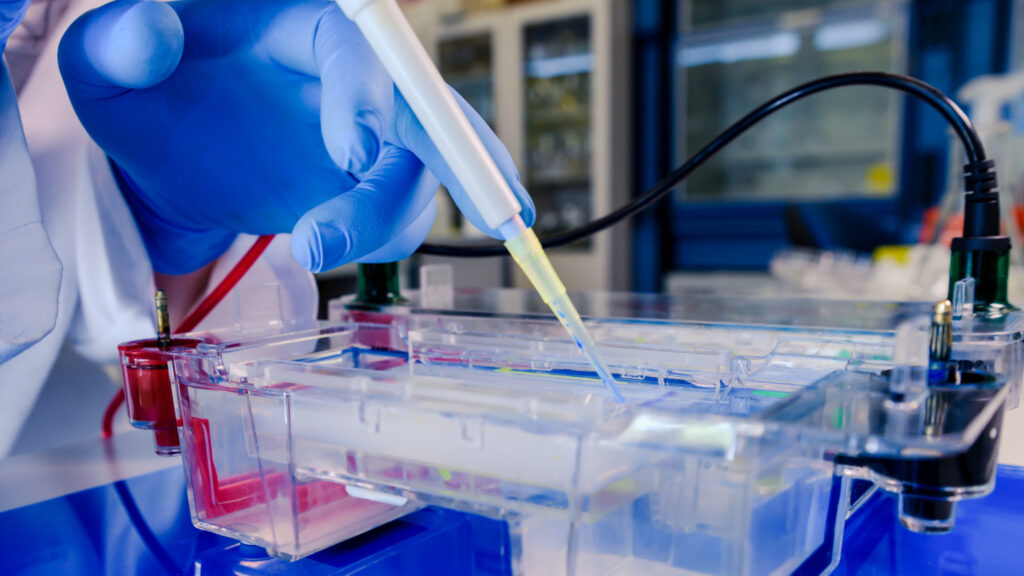In the field of microfluidics, the fabrication of devices with precise control over fluid flow is crucial. One key technology that has revolutionized microfluidic device fabrication is laminar flow. This article explores the benefits of laminar flow in the context of microfluidic device fabrication, answering questions such as what it is, how it works, and the advantages it brings to Malaysians involved in this field. To learn more about the advantages of laminar flow, click this.
What is Laminar Flow?
Laminar flow refers to the smooth, parallel movement of fluids in microchannels without mixing or turbulence. It occurs when the flow rates and viscosities of the fluids are precisely controlled, resulting in distinct layers or laminas of fluids that flow side by side without disrupting each other.
How Does Laminar Flow Work in Microfluidic Device Fabrication?
In microfluidic device fabrication, laminar flow is achieved by precisely controlling the flow rates of different fluids and designing microchannels with specific dimensions. Typically, microfluidic devices consist of interconnected microchannels and chambers etched or fabricated on a substrate, such as glass or polymer.
To achieve laminar flow, fluidic streams with different properties, such as samples, reagents, or buffers, are introduced into separate inlets of the microfluidic device. These streams flow through the microchannels without mixing, ensuring that each fluid remains in its own laminar layer. The absence of turbulence or mixing is crucial for maintaining precise control over reactions and minimizing experimental errors.

The Advantages of Laminar Flow in Microfluidic Device Fabrication
1. Precise Control: Laminar flow enables precise control over fluid streams, facilitating accurate and reproducible experiments. This control allows researchers to manipulate and analyze minute volumes of samples and reagents, leading to improved sensitivity and reduced sample consumption.
2. Reduced Cross-Contamination: Laminar flow ensures that different fluids remain separate within the microchannels, minimizing the risk of cross-contamination. This is particularly important in applications such as medical diagnostics or drug discovery, where maintaining sample purity is critical.
3. Enhanced Reaction Efficiency: The laminar flow regime provides uniform and consistent flow conditions, optimizing reaction kinetics. It allows for efficient mixing and reaction rates, resulting in improved reaction yields and reduced reaction times.
4. Compatibility with Multiple Analytical Techniques: Laminar flow is compatible with various analytical techniques, such as optical detection, fluorescence, or electrochemical measurements. The absence of mixing and turbulence facilitates accurate measurements, enhancing the sensitivity and reliability of the results.
Conclusion
Laminar flow is a powerful tool in microfluidic device fabrication, offering numerous benefits for Malaysians involved in microfluidic research and development. With precise control, reduced cross-contamination, enhanced reaction efficiency, and compatibility with various analytical techniques, laminar flow enables advancements in areas such as medical diagnostics, drug discovery, and chemical analysis. By harnessing the advantages of laminar flow, researchers and engineers in Malaysia can push the boundaries of microfluidics, paving the way for innovative solutions and discoveries in the field.










